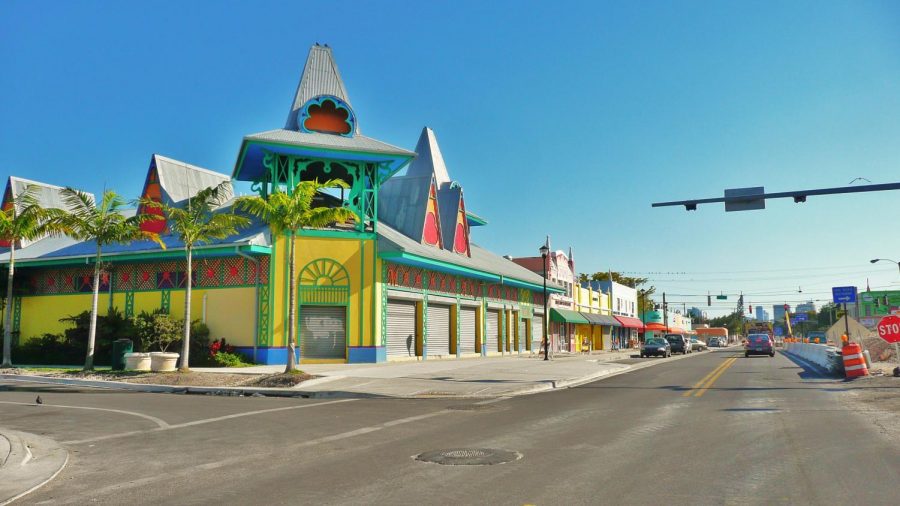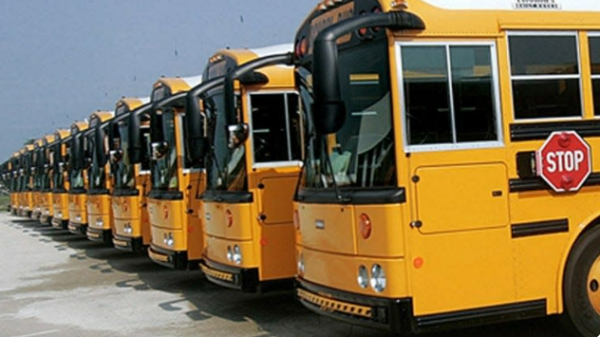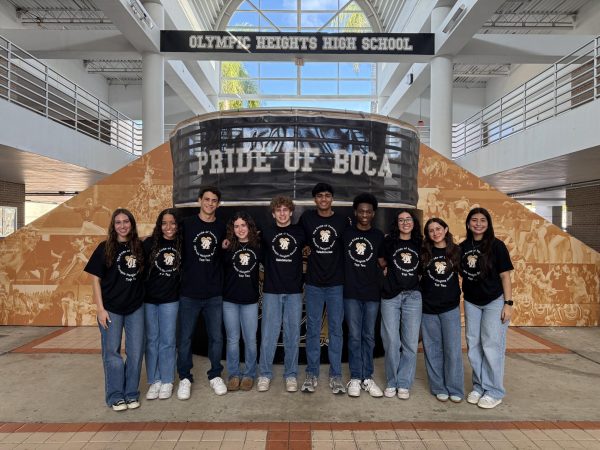Climate gentrification threatens culturally rich neighborhoods
Minority neighborhoods rich in cultural tradition such as Miami’s Little Haiti are falling victim to climate gentrification.
In Miami-Dade County, a new phenomenon known as “climate gentrification” is causing many problems for locals, but has proved beneficial for real estate speculators and developers. Gentrification, the real estate business practice of buying homes and properties in low-income, predominantly minority neighborhoods and improving those neighborhoods to attract middle and upper-middle class buyers, is nothing new.
Many look at gentrification as a benefit as it serves to improve blighted neighborhoods and increases property values in those neighborhoods. But within those benefits lies the problems with gentrification. It leads to higher rents, mortgages, and property taxes forcing original neighborhood residents to move away. Neighborhoods with a rich – albeit low income – cultural history are being destroyed along with those neighborhoods’ existing social and economic networks.
With climate change causing rising sea levels and flooding to become a major concern in South Florida’s real estate market, many of the lavish homes close to the ocean are losing their appeal to those looking to spend big on new homes. Whether or not a neighborhood can withstand climate change is suddenly a major factor in determining where to buy. As a result, there has been a recent increase in the gentrification of South Florida’s low-income neighborhoods further away from the beach. This has caused an increase in dispalced minorities, turning them into climate refugees.
Coastal cities such as Key Biscayne, Miami Beach, or Palmetto Bay have experienced a steady decline in property values since 2000, while inner-city neighborhoods such as Little Haiti and Liberty City have seen an increase. What made Little Haiti and Liberty City attractive to real estate investors engaged in gentrification? Aside from how cheaply property in those neighborhoods can be bought up is the fact that both neighborhoods rest 14 feet above sea level, ten feet higher than most coastal cities.
Once developers took note of the rising effect climate change was having on the real estate market, they began planting seeds in one of three ways to move into the low-income neighborhoods to the west with higher elevations. The first and simplest method, known as “superior investment pathways,” is when investors move their money to more businesses on elevated ground. The second, known as “cost-burden pathway,” drives away lower-income households because of elevated pricing on property in the community. The final and least preferred method is the “resilience investment pathway.” This method requires environmental engineering, which would mean inputting more money to get the desired output.
The undesirable effects of climate gentrification are climate refugees that now have to depart from their homes without warning and start a new life in a community that might go through the same thing in the very near future. Most of the residents of the neighborhoods falling victim to South Florida’s climate gentrification are African-American, Latino, and Caribbean who have infused their neighborhoods with culture and life.
They have worked and done their best to build up the reputation of Miami as a city bursting at the seams with diversity, all while still choosing their own ethnic enclaves to make it feel like home. From the Haitian Flag Day Parade to the Little Havana Nightclub, these locations and events are what make the city of Miami what it is, and stripping the city to make room for the upper class guarantees a change in the core values of the city.
Louis Rosemont, a 61-year-old Haitian immigrant, was evicted from his apartment in Little Haiti because the complex was sold to be used for a new multi-million dollar, downtown-style district known as Magic City Innovation District. The developers seemed to have good intentions when they promised jobs and housing for future workers, but the hope was lost for those who formerly lived there when that part of the contract was thrown out.
This controversial practice is not limited to Miami, and is on the increase across the world. Specifically, in Phoenix, Arizona, residents are running away from the heat. In July of 2018, the city of Phoenix could reach peak temperatures of 116 degrees, while a short drive away, the city of Flagstaff only had peak temperatures of 80 degrees. Those who can afford the move, or an additional home, are taking refuge in cooler temperatures, but they have driven up rent and property taxes in the city of Flagstaff, making it increasingly difficult for even middle class residents to live there.
While the gentrification hot spot resides in Miami, cities such as New York, Phoenix, Tokyo, London, Shanghai, and many others are overheating or flooding and climate gentrification real estate developers are taking advantage.










